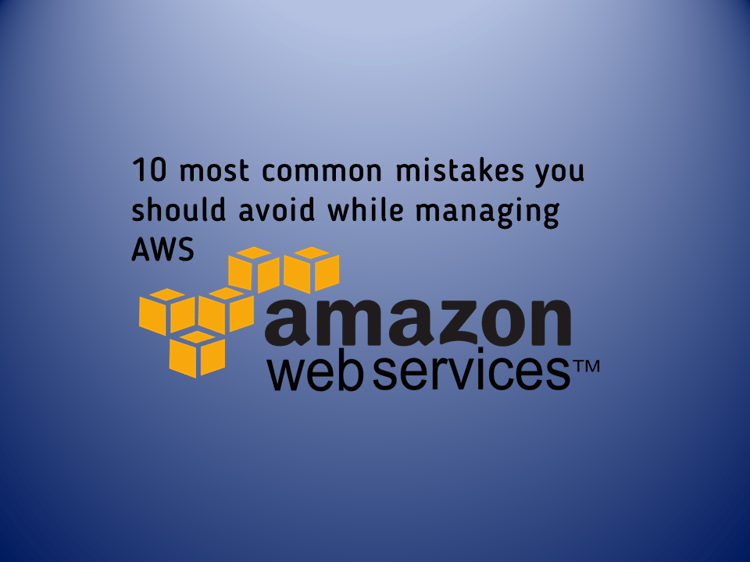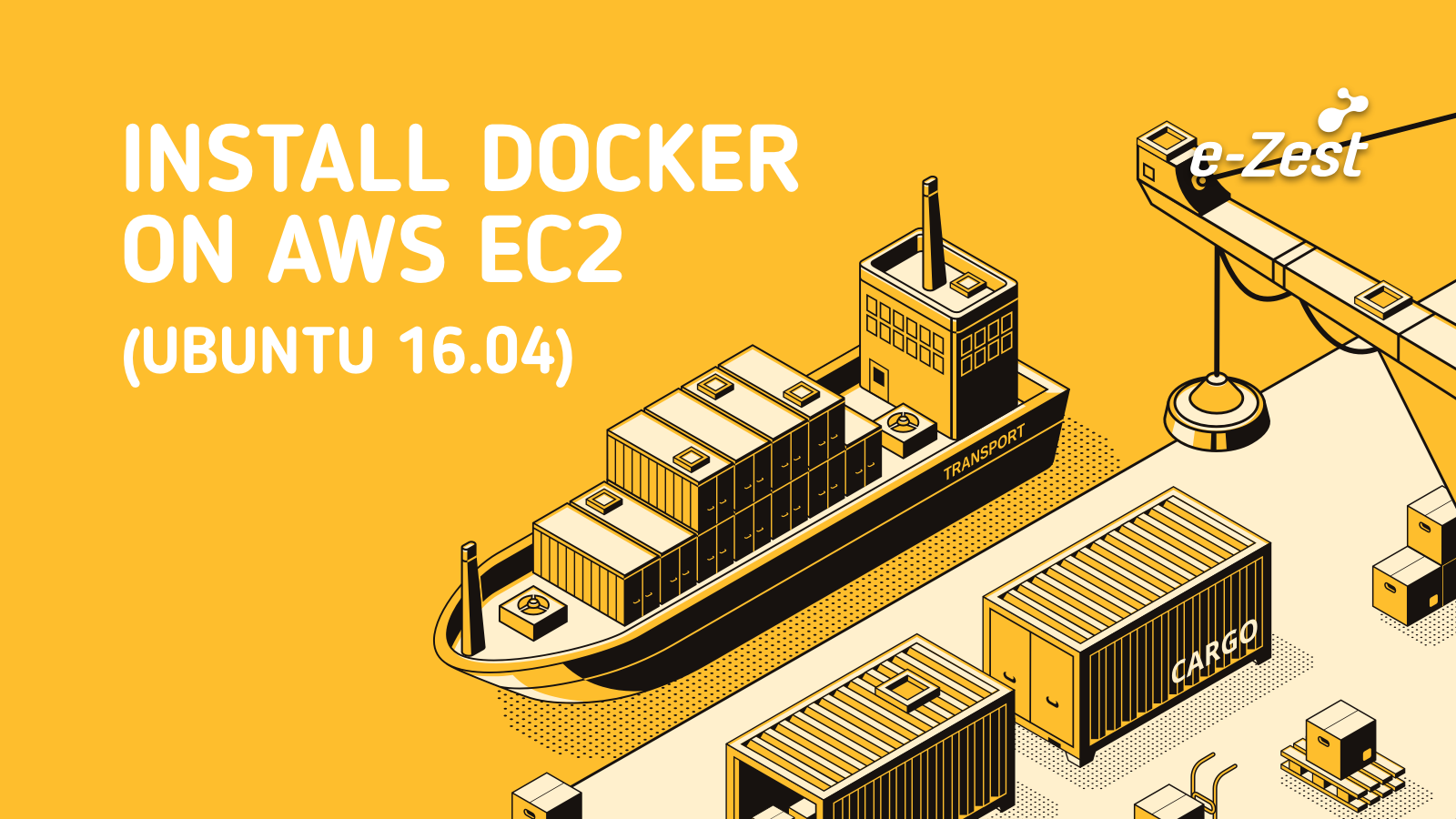
Amazon Web Services (AWS) is a collection of cloud computing services, also known as web services that make up a cloud platform. AWS provides an amazing cloud infrastructure a solution for both early stage start-ups and enterprises which is highly reliable and scalable. But the other side of coin is that it can be complex to optimize and also to control the cost.
Several users frequently make mistakes while managing the AWS accounts and due to which they might have to pay a huge amount than actual utilization. To make sure you do things right at first time here are the 10 common mistakes you should avoid while managing AWS.
- Fail to pick up the most suitable instance type
AWS offers a wide range of instances which are optimized to fit the various requirements. These instance types includes the combination of CPU, memory, storage and networking capacity.
You need to select proper type of the instance according to your requirement. This helps in reduction of cost and boosts the performances accordingly. Thus, ignoring the proper selection of instance type may lead to poor performance and unnecessary cost.
- Using oversized instances
As, AWS provides variety of instance classes and sizes, numerous users are using the instances which are powerful than the actual requirement which might be a bad move. It is necessary to analyse the actual utilization of resources by monitoring the metrics and choose the instance as per their need. If you can do the same task with fewer instances then why should go with powerful instance?
- Not utilizing the auto-scaling service
Almost all AWS users are aware of auto-scaling but, the problem here is that very few of them have implemented it properly. Instead of using large servers you can use auto-scaling group of small servers, so that extra servers get created when required which in return, can save the extra cost. Auto Scaling constantly does the health checks and helps to keep the server up and running.
You can use auto-scaling to balance the servers as per workload but, as a precondition you need an auto scaling group. Auto-scaling is achieved by setting alarms on metrics. You need to set alarm threshold properly, in order to gain more benefits from auto-scaling.
- Taking few/no EBS snapshot
AWS offers an awesome feature of creating virtual copies of EBS at given time. These snapshots are great solution to take the backup of modified data since last snapshot. In case of crash you may lose the modified data, if you fail to use this feature. Hence, be careful and take appropriate numbers of snapshot after specific period of time.
- Taking much more EBS snapshots
Even though it is very helpful to restore from EBS snapshot, it needs to be done in moderation. You should store the snapshots that are actually important. Storing extra and unwanted snapshots may lead to tremendous EBS storage cost. Remember, even though you deleted the AMI, the associated EBS snapshot is not deleted automatically. This needs to be done on your own.
- Provisioning more instances than actual need
To avoid risk, many users create multiple instances and attach it to the load balancer which will keep the servers safe in case of high demand. But, what about the unnecessary instances running even at the time of less traffic? Those instances are not for free, so the better option is auto-scaling. This leads to achieve your goal and avoid the unexpectedly high bills.
- Keep the instances running idle
Running the instances which are idle may lead to wastage of money. The idle instances running are charged on hourly basis, so never forget stop the instance once you are done using it. You can start the instance accordingly if you need it again. The AWS provides pay as you use feature so, it’s suggested to use as per your requirement.
- Forgetting to delete disengaged resources
Usually, AWS users keep the unwanted resources in their account. You should keep the track of unutilized resources and should delete it once you are done using it. Remember, even stopped instance may charge you for EBS which is attached to it. So if you are not going to use it, it’s recommended to terminate the instance and also release the EBS attached to it.
- Underestimating the importance of security
It is not good idea to underestimate the importance of security. You can use the VPC which can provide a better security. Please keep NACL and Security Groups in mind; these will help you to improve the level of security. Just configuring the security group doesn’t solve the issue but you need to configure a security group in proper manner and should keep the track of it. It is observed that few users keep the resource accessible to all which may lead to tragedy.
- Forgetting to release unallocated Elastic IPs
AWS users tend to forget to release the unwanted elastic IPs. Remember that AWS also charges for Elastic IPs when they are not in use. They charge few cents per hour which may be a small amount, but keeping lots of IPs in your account can easily add few more dollars to your bill. So never forget to release unwanted Elastic IPs.
Making a mistake can be a learning opportunity. But, taking the time to learn how to recognize and avoid mistakes can help become more successful. So, avoid these mistakes to secure your AWS account from unexpected disaster.

